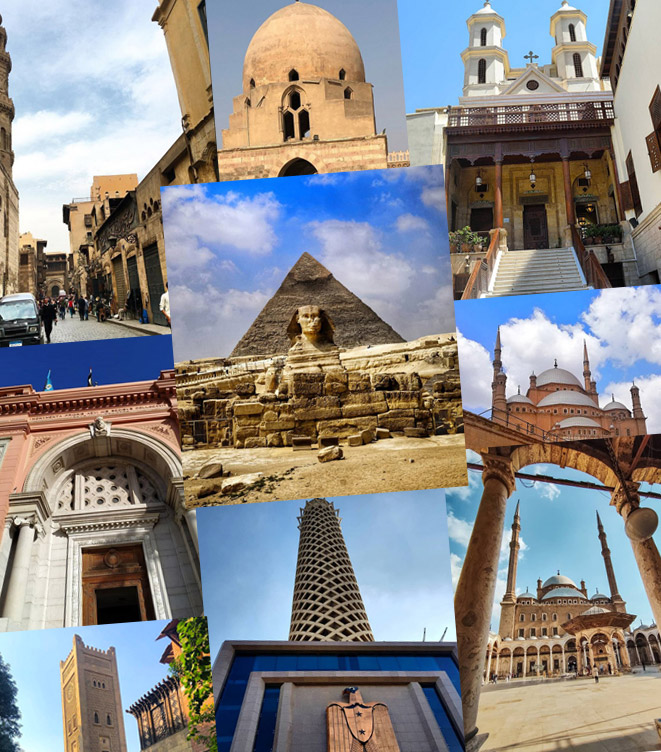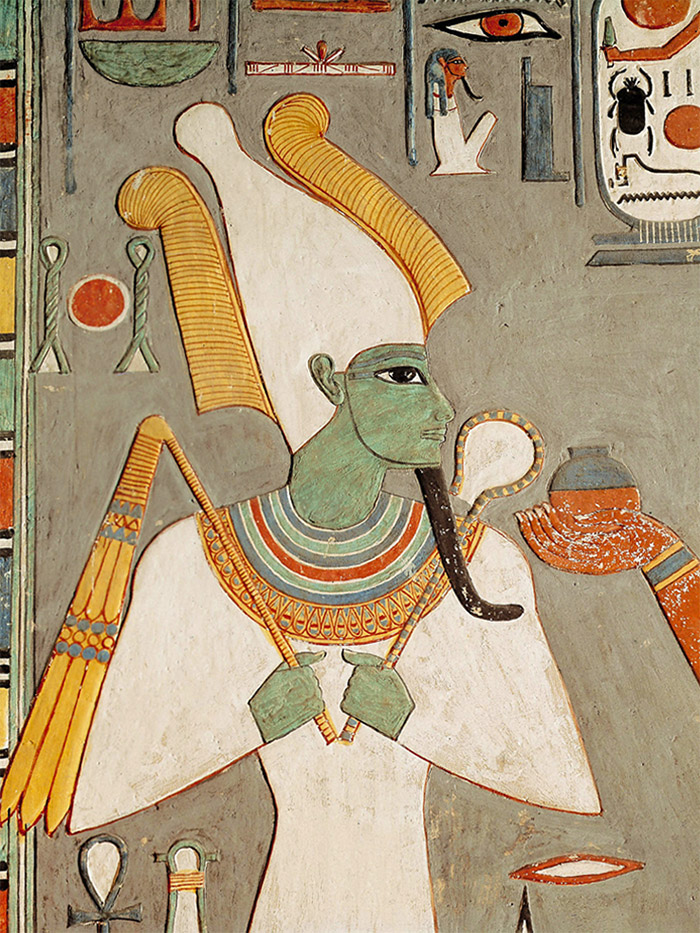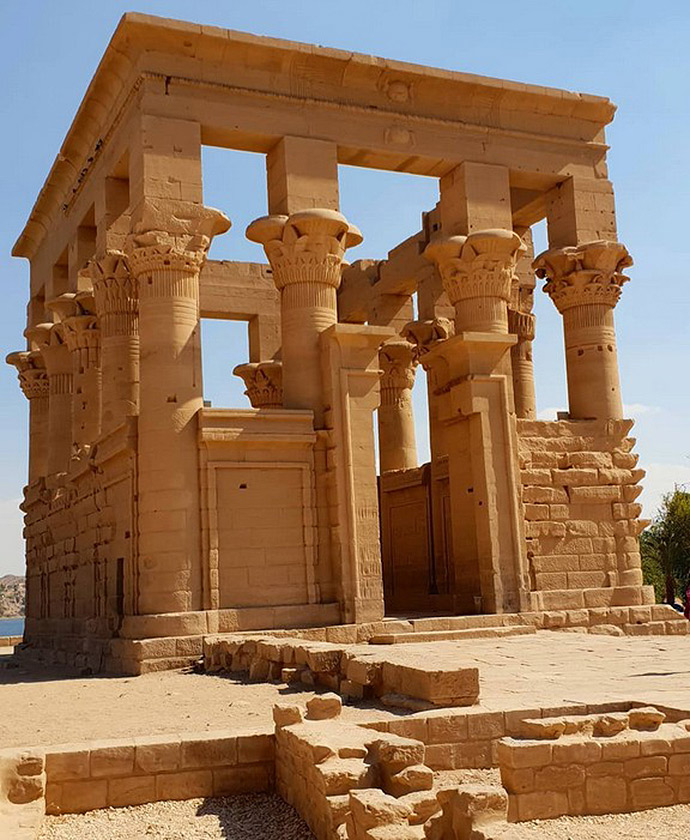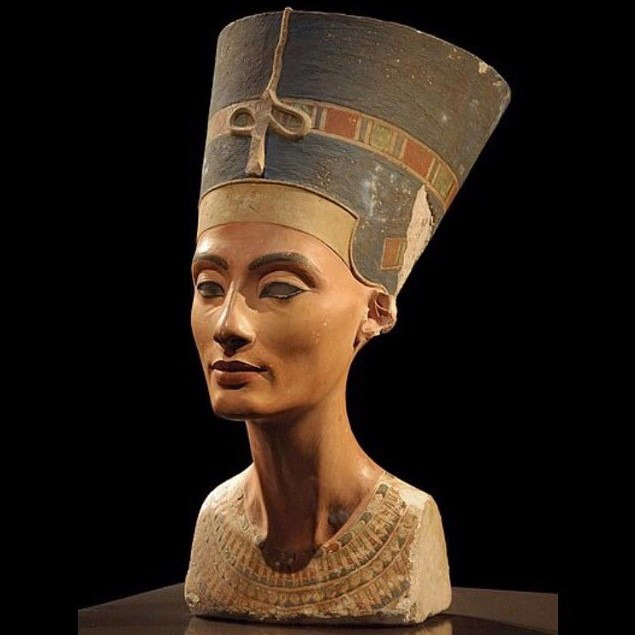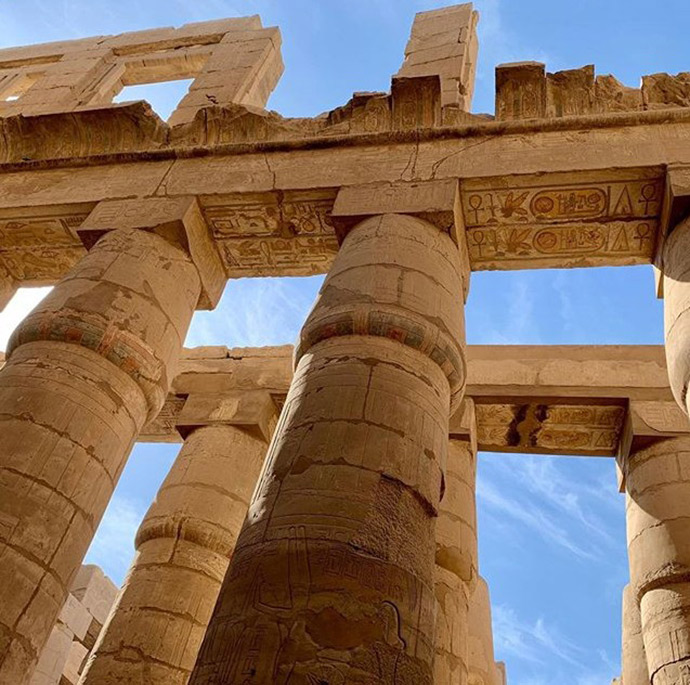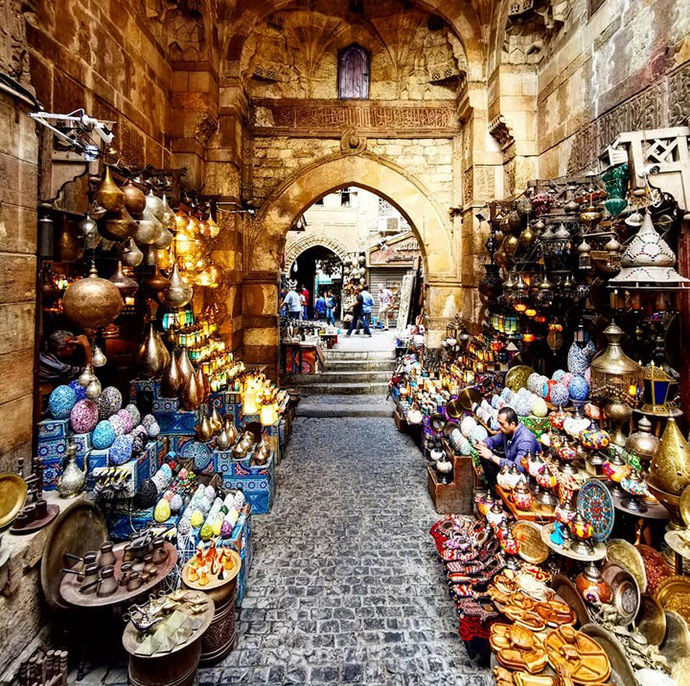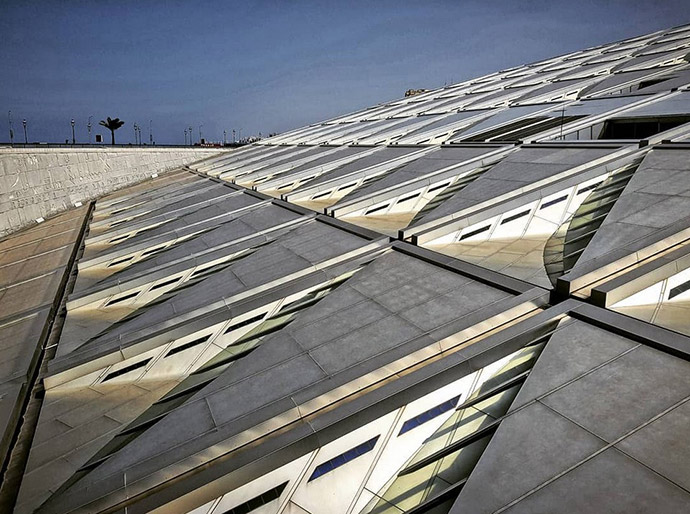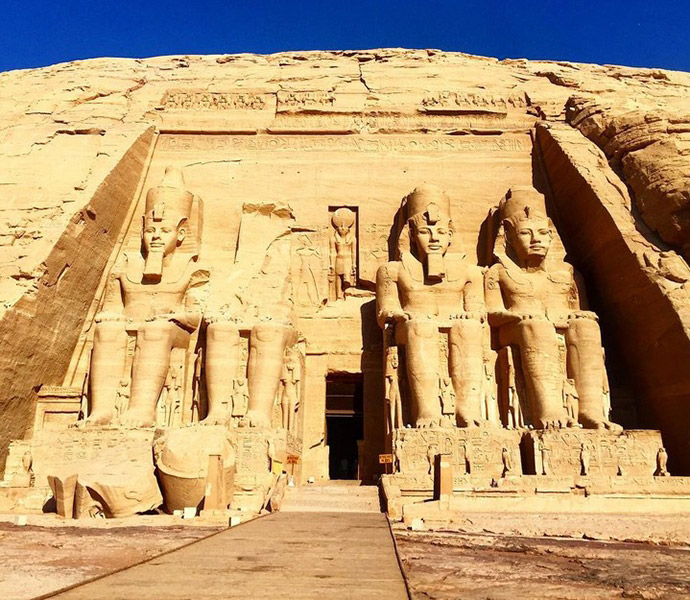
The two Abu Simbel Temples refer to the Great Temple of Ramses II and the Temple of Hathor. Built by the most famous of all pharaohs, Ramses II, between 1274 and 1244 B.C., the temples are amazing representations of ancient Egyptian art. The Abu Simbel Temples are among the most famous monuments in Egypt.
Both temples were constructed as a lasting monument to the king and his queen Nefertari, and to commemorate his victory at the Battle of Kadesh.
The Great Temple of Ramses II
The Great Temple, which was dedicated to Ramses II himself and to Ra-Horakhty, Amun and Ptah, was carved out of the mountain on the western bank of Lake Nasser. Because Amun was an important god during Ramses’ reign, the temple was known as “the temple of Ramses-Meryamun” which means “Ramses, beloved by Amun”.
Four 20 metre (66-foot) seated figures of Rameses II front the temple; two on either side of the entrance. Around their feet are smaller sculptures of his mother, Muttuy, his queen, Nefertari, and his children. Above the four statues is a row of 22 squatting baboon figures. The gigantic statues served as sentries watching for armies approaching from the south, warning enemies of the pharaoh’s strength.
The temple has three consecutive halls extending 56 metres (185 feet) into the cliff. The halls are adorned with more statues of Ramses and painted scenes and hieroglyphs depicting his victory at the Battle of Kadesh.
The interior of the temple is about 64 metres (210 feet) deep into the mountain. There are two atriums with pillars decorated with images of Ramses and at the very back, is a bench where a statue of the pharaoh is seated with three other gods, Ra-Harakhty, Amun and Ptah.
The doorway to the temple was positioned so that on two days of the year, October 22 and February 22, the first rays of the morning sun shines through the temple into the inner sanctuary, bathing all the statues in the sunlight except that of Ptah, who is connected with the underworld. Historians believe that those dates were chosen because they represented the coronation and birth of the pharaoh.
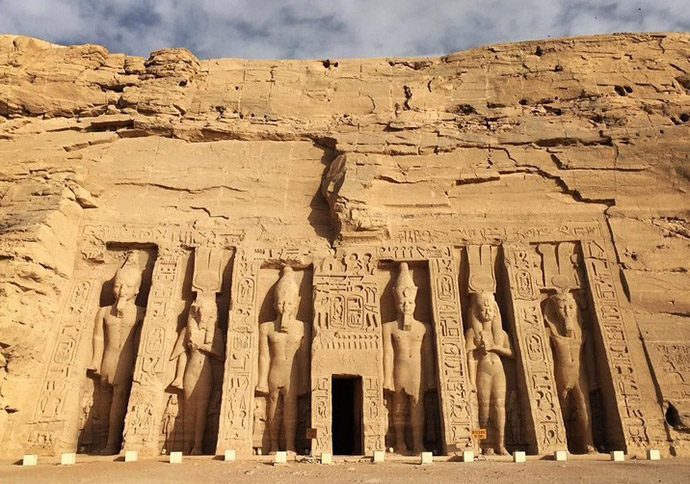
Temple of Hathor
The smaller temple to the north of the main one is dedicated to Nefertari, his queen and for worshipping the goddess Hathor. At its front, are two statues of the queen and four of Rameses II, each of them 10 metres (33 feet) tall.
The interior of the temple is simpler and contains six pillars that portray the goddess Hathor. Drawings on the back wall of the room show Nefertari being crowned by the goddesses Hathor and Isis.
Relocation of the Abu Simbel temples
After surviving ancient times, the temples were threatened by modern development. The construction of the Aswan Dam nearby posed the threat of the temples being submerged. It was decided that the temples would be moved.
From 1963 till 1968, a project initiated by the Egyptian government and UNESCO resulted in an amazing engineering feat, in which the temple complex was dismantled and rebuilt on higher ground, more than 60 metres (200 feet) above the original site.
Looking at the temple today, it is difficult to imagine that the statues were once cut into little pieces and reconstructed at the current location.




